THE pouring rain in which Liz Truss arrived at 10 Downing Street was clearly a bad omen.
Fresh from kissing Queen Elizabeth’s hand at Balmoral, the new PM was forced to take a detour round South London before giving the traditional speech on the steps of power.
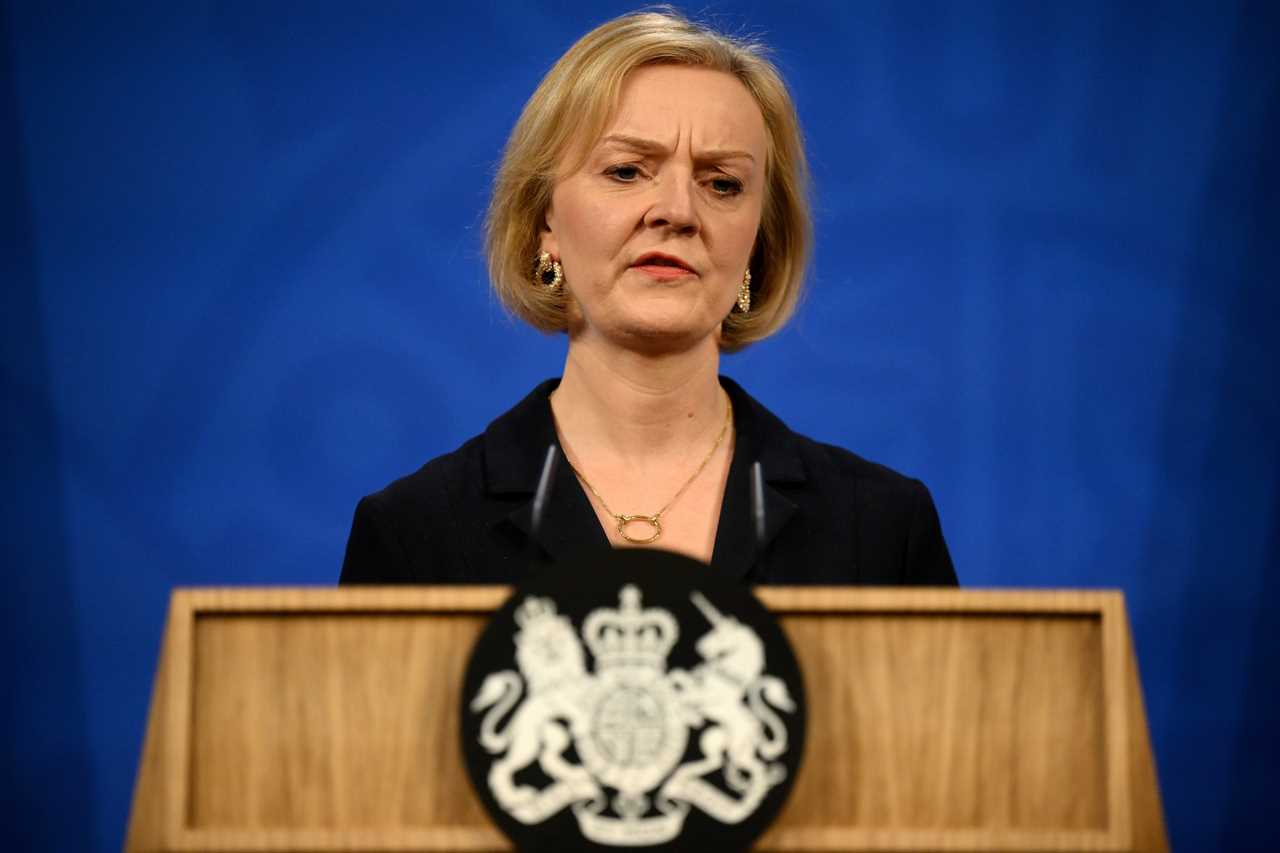
The shortest premiership in British history of 45 days — started in chaos, and would never really recover
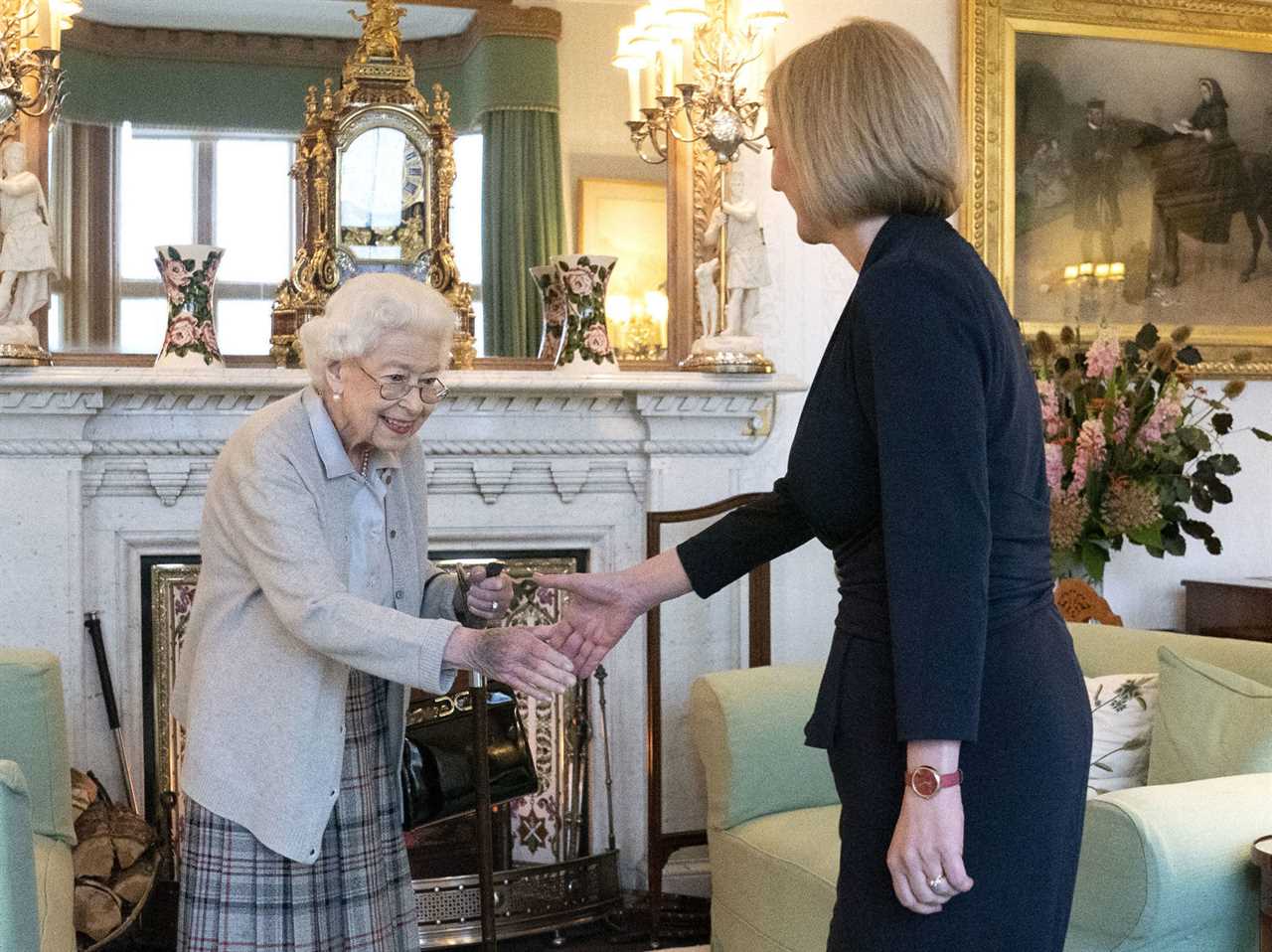
Liz meets the Queen just days before the monarch’s death
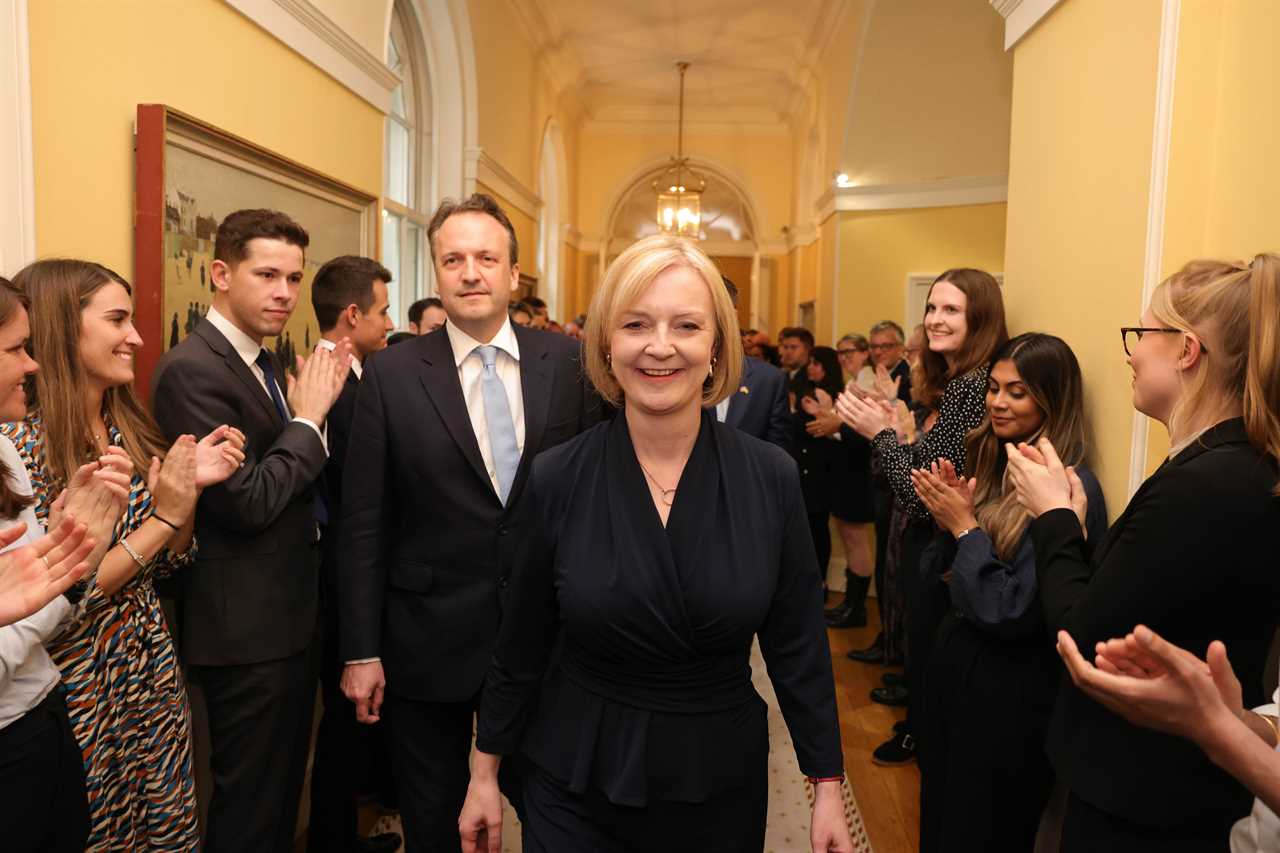
Day 1: Liz Truss is all smiles as her tenure at No10 starts
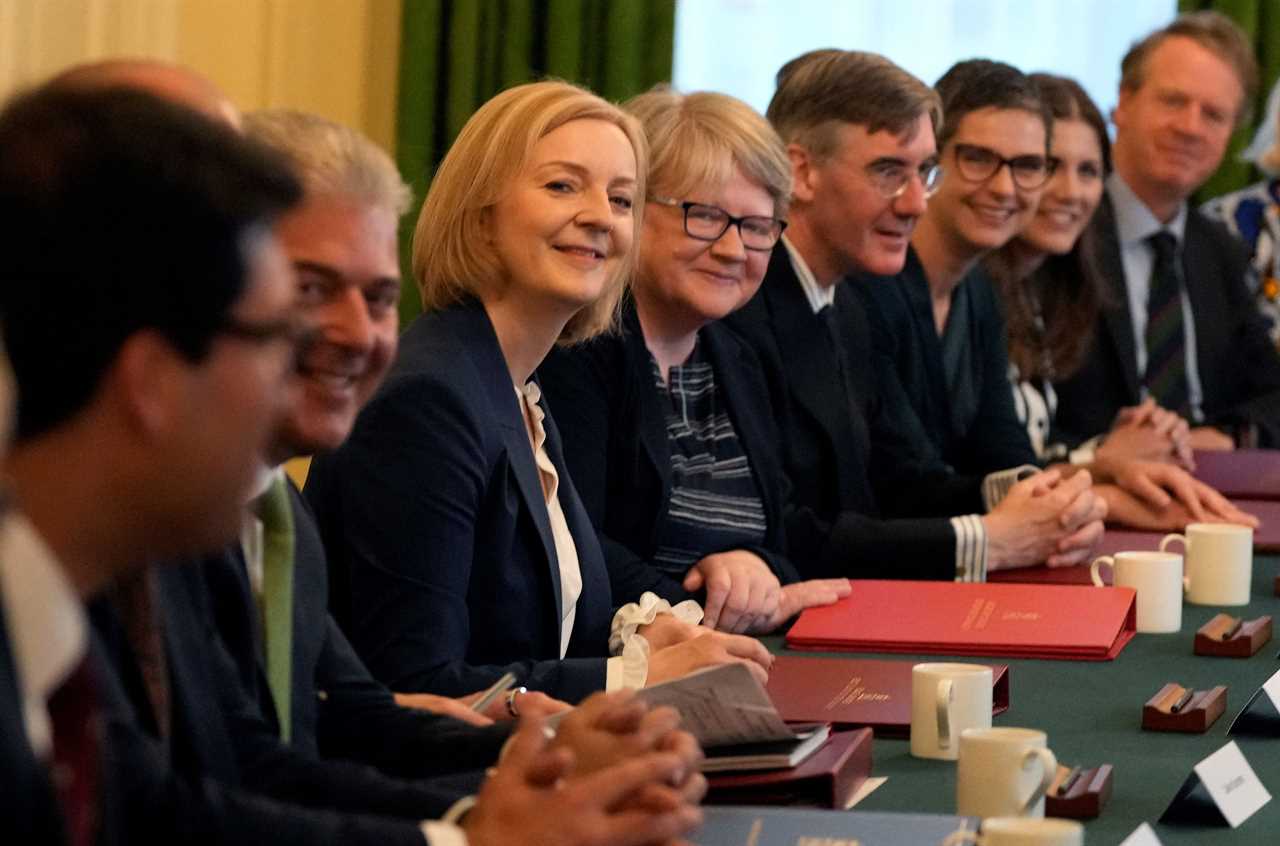
Day 2: Team Truss as the new PM poses with her new cabinet
As frantic aides studied rain radar apps, her Jaguar XJ was deliberately going slow, waiting for the clouds to clear.
The shortest premiership in British history of 45 days — started in chaos, and would never really recover. Eventually Truss would tell the very damp waiting media: “We shouldn’t be daunted by the challenges we face. As strong as the storm may be, I know that the British people are stronger.”
She was the longest-serving member of the Cabinet, but nothing could have prepared the 47-year-old-career politician for the six weeks to come.
Two days later, the beloved Queen was dead; Britain had a new Prime Minister and a new King. Part fate, but mostly self-inflicted, not since Winston Churchill and the fall of France in 1940 had a new leader experienced such a baptism of fire.
Ten days of national mourning played to all of Truss’s weaknesses.
Replacing one the finest orators Britain has ever had as PM would have been a hard task for anyone, but even Truss’s biggest fans concede she is a terrible communicator.
It was something Tory members were willing to overlook for her tax cutting “Trussonomics” agenda.
Her speech immediately after the Queen’s death was wooden and cold — with Johnson’s own tribute far outshining his predecessor.
Awkward on camera meetings with King Charles, and stilted church readings did little to help the public’s first impressions.
As a minister. Truss had been at her best when was given the chance to free-wheel a bit: banging the drum from Britain around the world via snazzy Instagram posts.
She shot to the top thanks to her willingness to tell the stuffier elements of her party some home truths: “Decline is not inevitable” and like Johnson, cheerfulness went a long way in her dismissal of the “doomsters”.
But with Britain in mourning, Truss was chained up in office from the very beginning — sticking rigidly to scripts and protocol.
Meanwhile the war in Ukraine left Britain teetering on the brink of recession, families facing a winter of misery as the soaring price of energy meant households risked destitution.
As a life-long champion of the small state and lower taxes, one of Truss’s first actions would oversee the largest peace-time market invention on record.
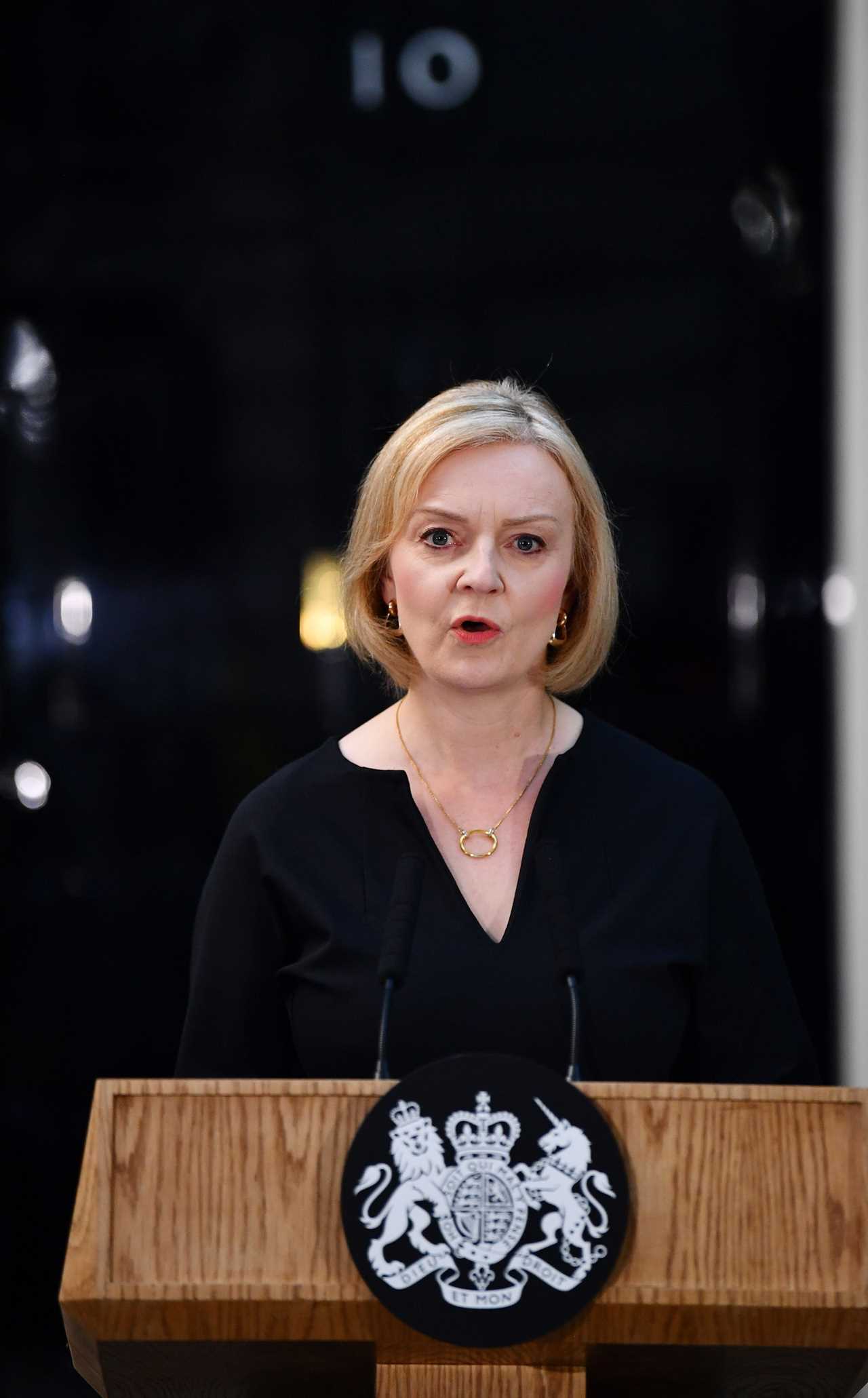
Day 3: Solemn speech after the Queen’s death is announced
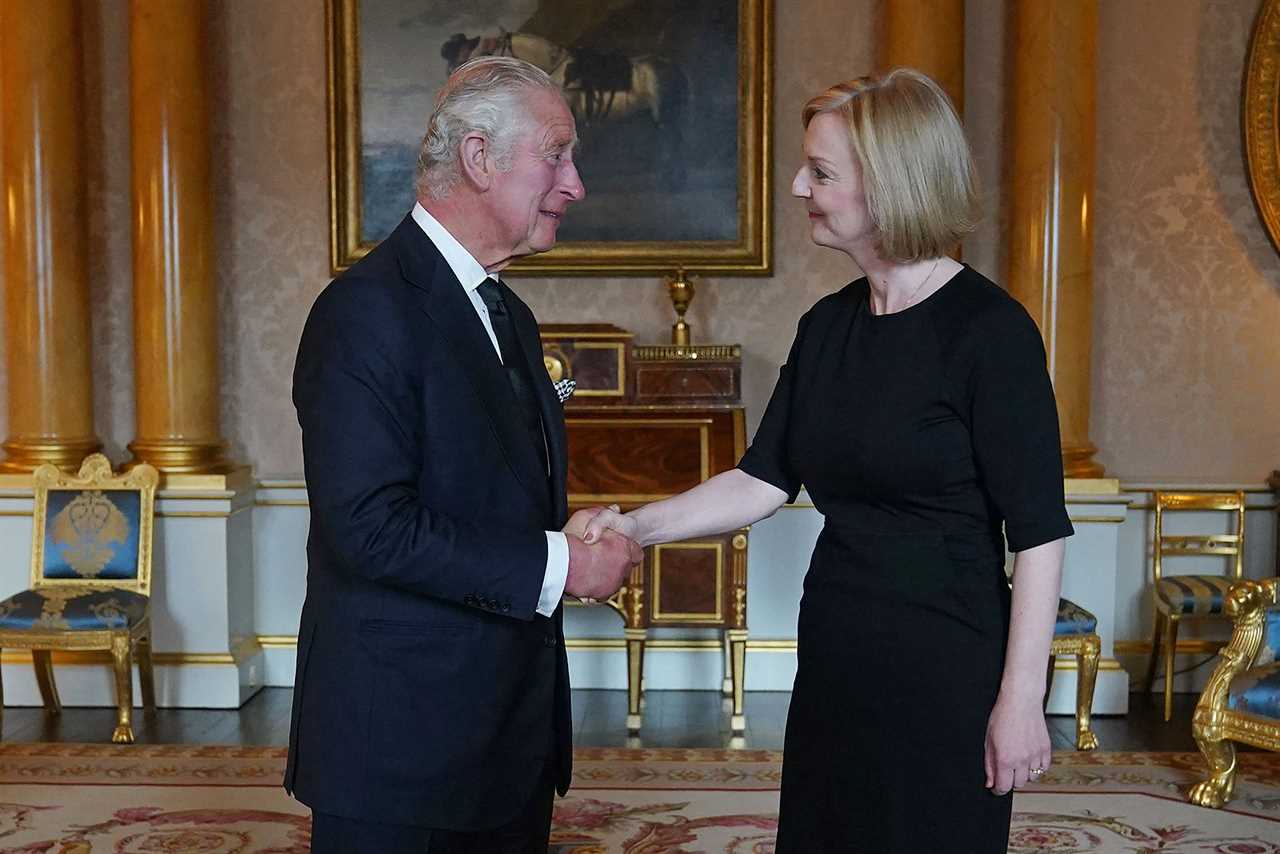
Day 4: New PM Truss meets King Charles
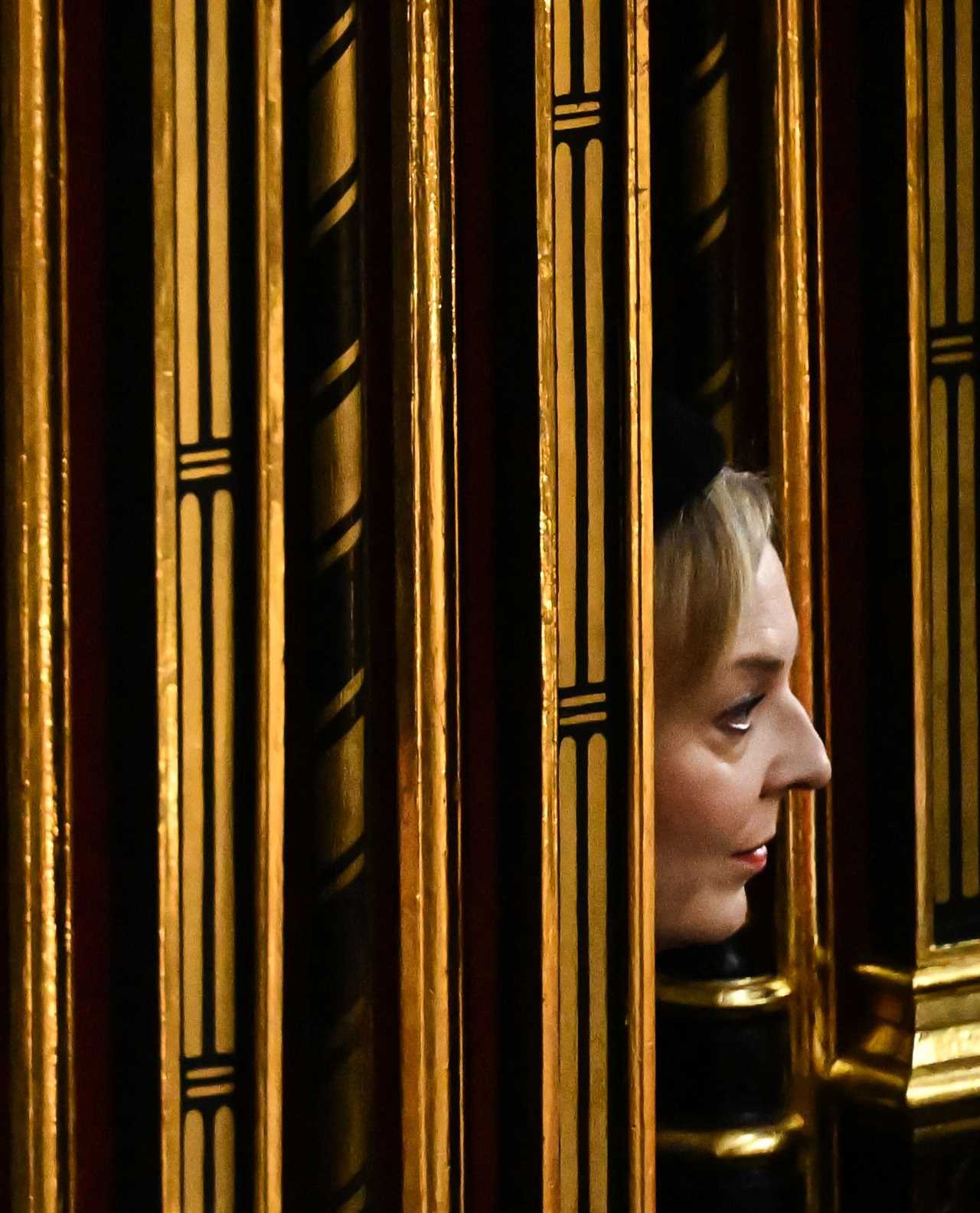
Day 14: Prime Minister Liz Truss arriving to take her seat at Westminster Abbey at the State Funeral of Queen Elizabeth II
Her energy price freeze was vast in scale – and announced totally un-costed.
Freezing bills for two years may have been the politically necessary move – but the massive hike in borrowing saw red warning lights on the trading terminals in the City.
But it was Truss’s own tax cutting spree on top of the massive handout that sparked a run on the Pound and the biggest self-enforced financial meltdown in British political history.
Her “kamikaze” economic “shock and awe” was cooked up in secret, with little regard for the Treasury — having spent the campaign knocking its “orthodoxy” and doom-laden warnings.
Less than a week after the national mourning period ended, Truss and best-friend Chancellor Kwasi Kwarteng shocked Britain and beyond by unleashing the biggest set of tax cuts in more than 50 years, worth more than £44billion.
Their extraordinary “mini-Budget” reversed the National Insurance rise, scrapped the rise in Corporation Tax, cut stamp duty and abolished the 45p top rate of income tax. And when Mr Kwarteng declared that was “just the start”, the markets spooked and went into meltdown.
A massive surge in the cost of government borrowing nearly put the wilfully overleveraged pensions industry on the edge of collapse.
And the opposition was cock-a-hoop too – gifted the chance to paint the Tories once again as the party of the rich, cutting taxes for those that earned over £150,000.
On the eve of Labour conference, Tory MPs were aghast at the massive political own goal.
In her first month in office, Truss had lived up to her self proclaimed image as the ‘disruptor in chief’. Unfortunately for her, almost all of that disruption occurred for the financial markets and high street mortgage lenders – with the cost for household borrowing soaring.
The Tories’ poll ratings tanked quicker than the Pound as the briefest of truces after August’s leadership election exploded back into blue-on-blue civil war.
After being warned of a huge rebellion that could oust her, Ms Truss executed her first humiliating U-turn by abandoning her pledge to abolish the 45p rate of tax.
The climbdown immediately weakened her authority as the mutineers smelled blood and began agitating for more of the mini-Budget to be jettisoned. And with the new PM showing weakness, a total lack of Cabinet discipline followed – with the party gathering erupting in a huge row over benefits .
Truss refused to commit that benefits would rise with inflation, instead hinting claimants should only see a rise in line with workers earnings.
But Penny Mordaunt insisted that benefits should go up with prices, only to be contradicted by then Home Secretary Suella Braverman.
Ms Truss’ failure to get a grip on her misbehaving Cabinet had rebels casting doubt on her future.
As the markets continued to death-spiral and more mini-Budget U-turns were being prepared, Truss took the brutal decision to dump her Chancellor.
Summoned home from talks in Washington early, shortly after he landed back at Heathrow on the morning of 14 October, Twitter was already alive with the news that Kwarteng was to be sacked after just 38 days in the job.
At the briefest meeting across the Cabinet table, her old friend attempted to warn the “teary” PM that if she sacked him she would be next in line for the baying mob.
“They’re already coming for me, Kwasi,” she feebly replied.
It was the second-shortest stint in the Treasury in more than two hundred years, and saw Britain have an unheard of fourth Chancellor in a single year.
In Kwarteng’s place she installed arch-Rishi supporter Jeremy Hunt who effectively took control of her government’s financial direction.
That night Truss gave a dire press conference that failed to convince her wavering MPs, with the PM fleeing the stage after 8 minutes and taking a handful of questions.
Days later Hunt tore the heart out of her mini-Budget after ditching almost all of its key planks.
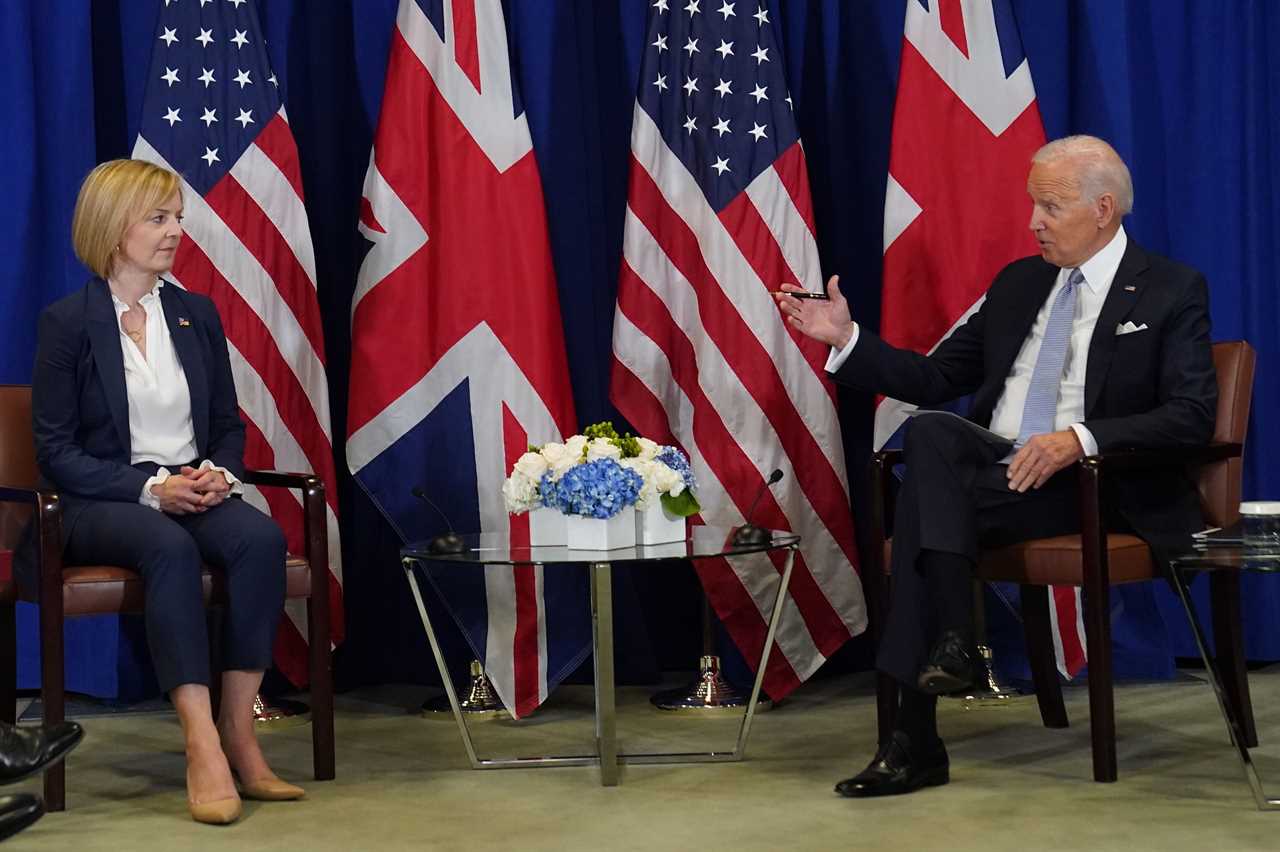
Day 16: PM Truss meets with US President Joe Biden at the UN building in New York
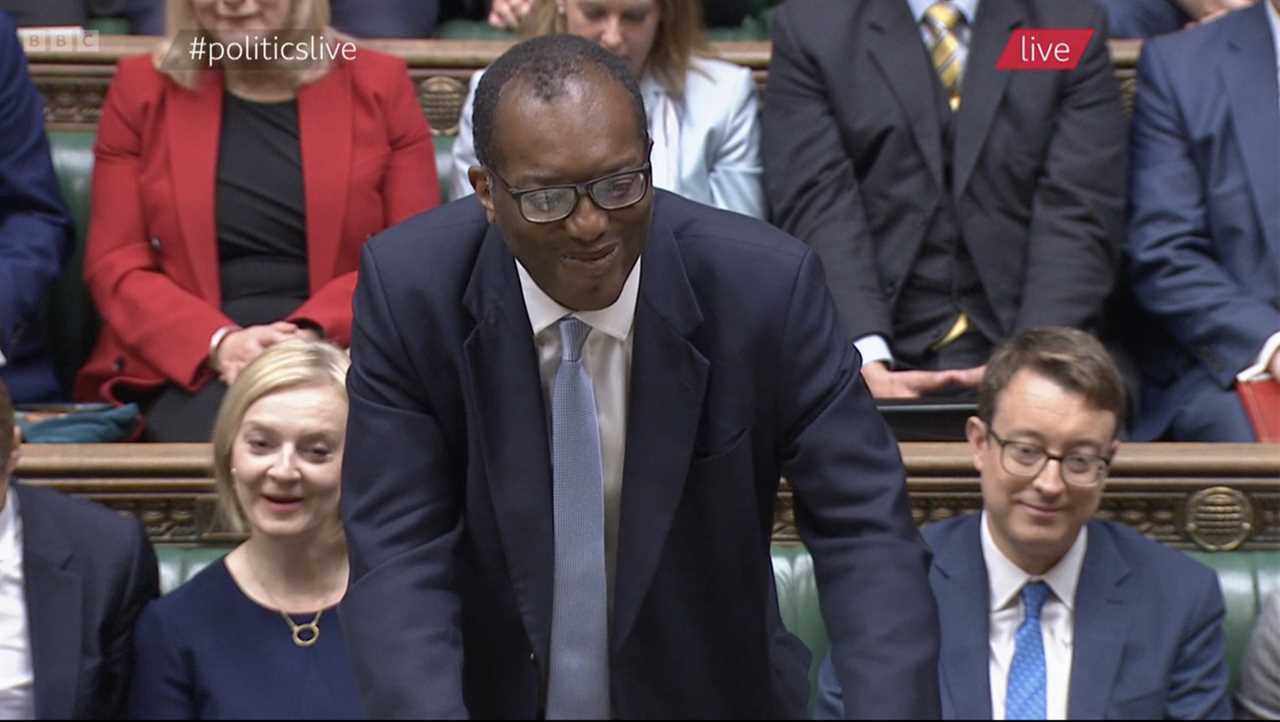
Day 18: Chancellor Kwasi KwarteNg delivers his mini-Budget in the House of Commons as the PM Truss looks on
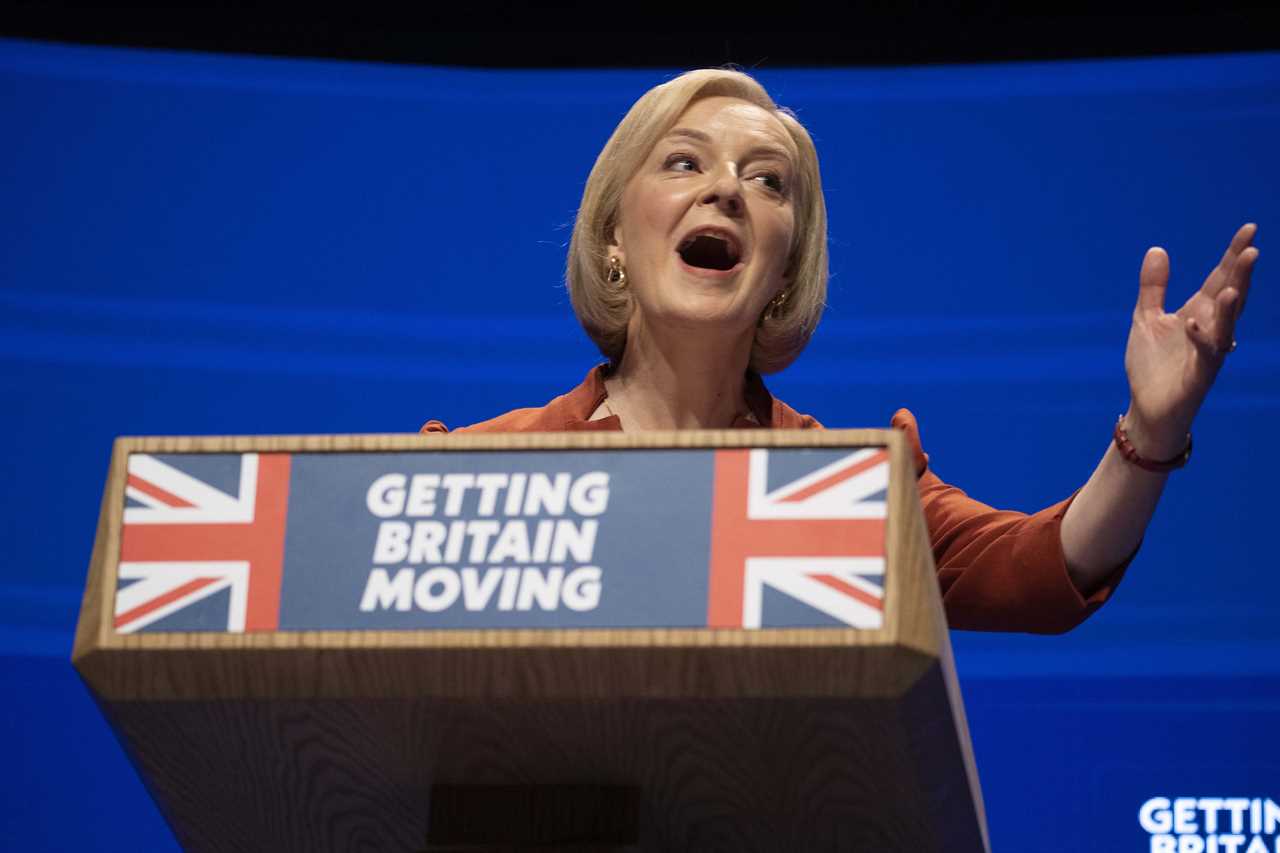
Day 30: PM Liz Truss addresses the Conservative Party Conference in Birmingham
In a bid to soothe weeks of market turmoil, only cuts to National Insurance and Stamp Duty remained from Truss and Kwarteng’s package unveiled just 24 days ago.
The broken PM sat in silence flanking her Chancellor as the plans were announced to Parliament, with a repetitive blink her only outward display of emotion.
However, with Mr Hunt’s statement calming the global moneymen, a flicker of hope remained in Truss’ No10 that her premiership could still be salvaged.
That sense of optimism was blown out of the water on Wednesday when the PM was forced to sack Home Secretary Suella Braverman for an accidental document leak.
Riled Ms Braverman lashed out, blasting the “direction” of Ms Truss’ leadership and her plans for immigration, implying she should quit.
Within hours the government went into freefall as an extraordinary night of Commons drama saw claims that tearful Tory MPs were being physically manhandled by party enforcers.
During the carnage Chief Whip Wendy Morton threatened to resign – only to un-resign in a chaotic few hours where No10 could not confirm if she was in post.
Ms Truss could only watch on ashen-faced as she saw her authority drain away and more Tory MPs break cover calling for her to quit.
On Wednesday Truss had insisted “I’m a fighter, not a quitter”, but after scenes of Commons carnage that night after a botched confidence vote, it was clear her administration was on life support.
Just 44 days later she was back at the same lectern in equally overcast Downing Street, ready to throw in the towel: Tory MPs and the public having concluded Truss was the storm and not the solution.
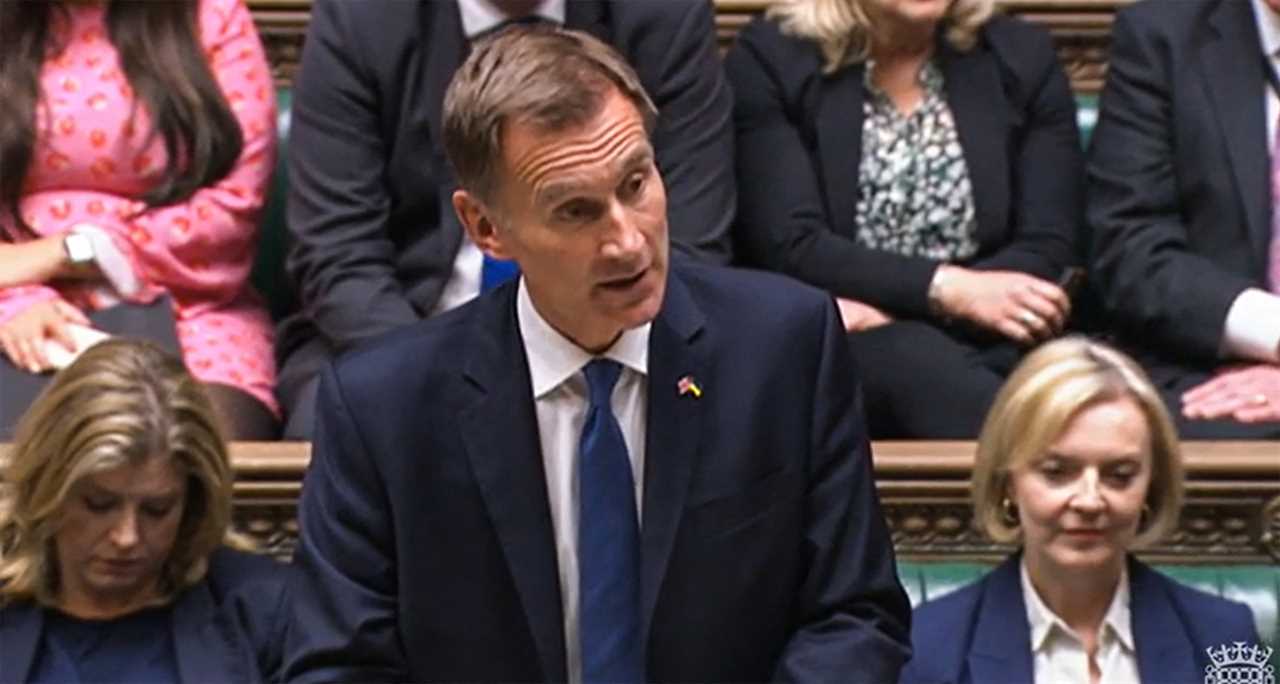
Day 42: After Kwasi Kwarteng’s sacking, Jeremy Hunt comes in as Chancellor and starts the demolition of her his boss’s tax-cutting pledges
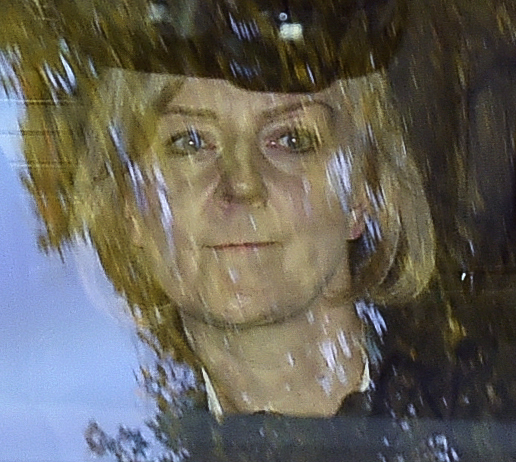
Day 44: Liz Truss looks drained as she is driven from parliament
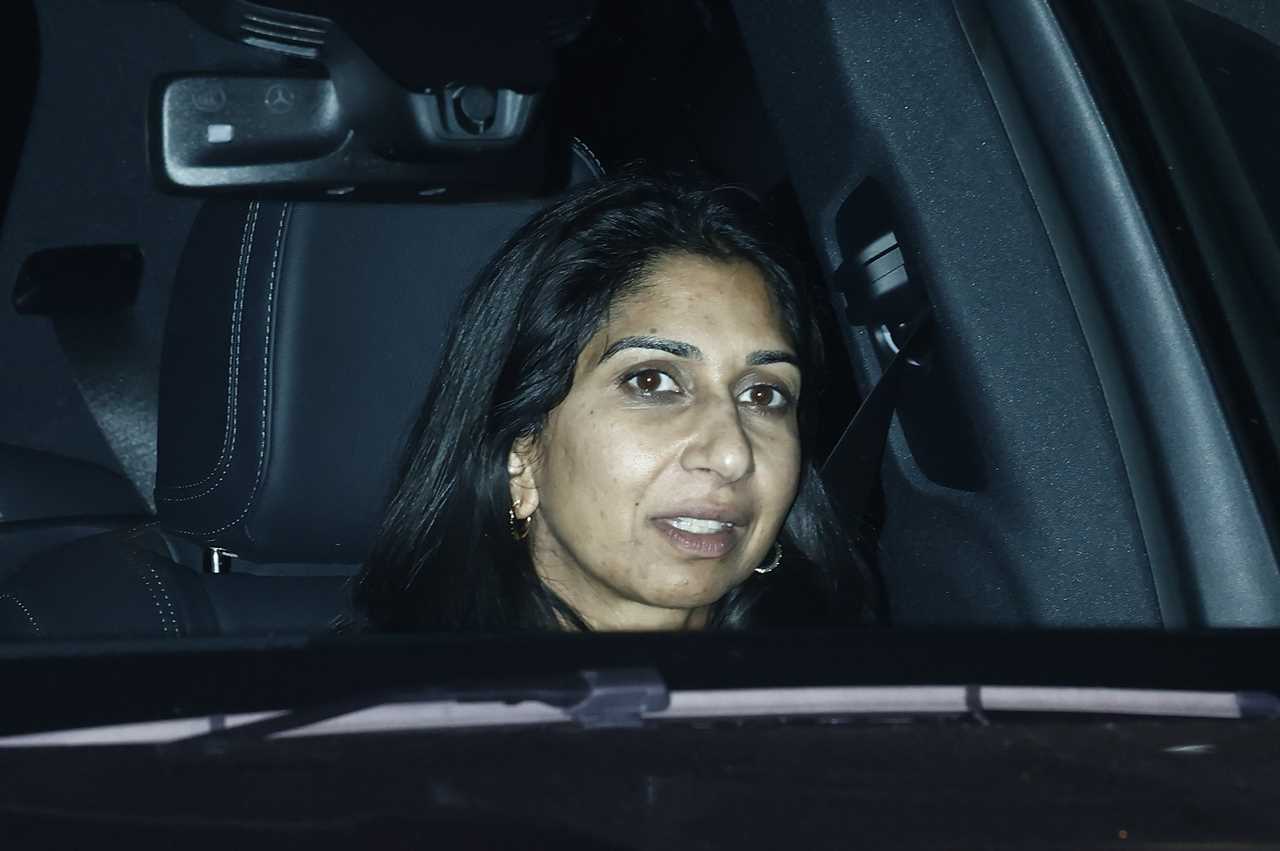
Day 44: Suella Braverman savages Liz Truss in her letter of resignation as Home Secretary
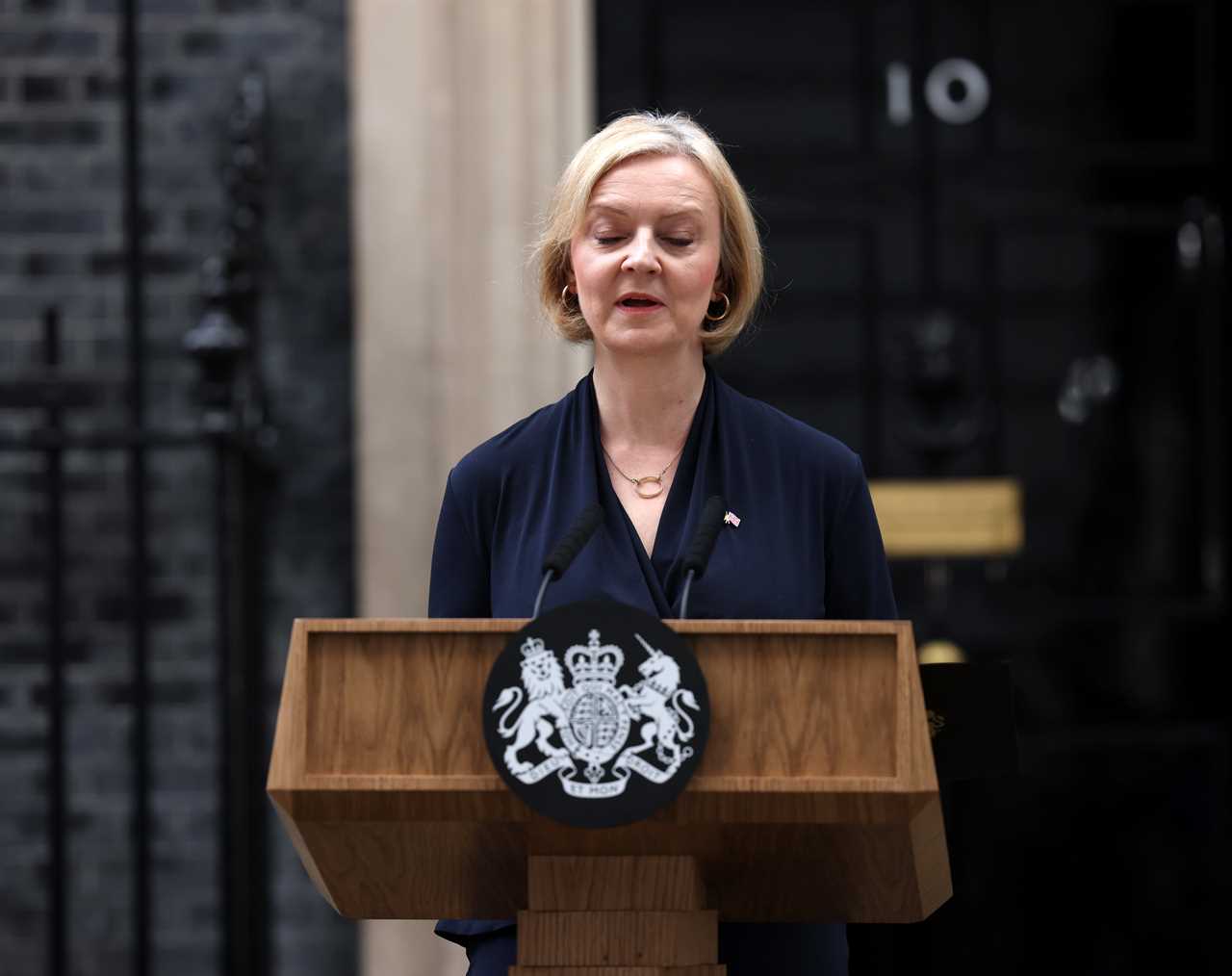
Day 45: The shortest premiership in British history comes to a close as Liz Truss announces her resignation in Downing Street






